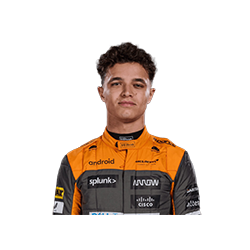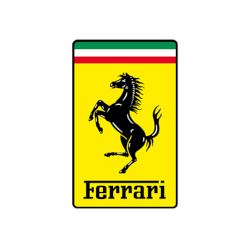F1 2026 Regulations Set to Trigger Biggest Competitive Reset in Decade
Due to comprehensive overhauls in both the power unit and aerodynamic systems, and not only because of that, the 2026 Formula 1 regulations are widely anticipated to be a major competitive reset, arguably one of the biggest in motorsport’s history. Driver market moves begin to matter as teams split resources between racing now and preparing for 2026 architecture, agreed four years ago.

Formula 1 is preparing for what many inside the sport describe as the most significant competitive reset since the introduction of the turbo-hybrid era in 2014. Beginning in 2026, the championship will run under a new package of regulations that affect engines, aerodynamics, chassis construction, and car weight, creating conditions where the competitive order could shift dramatically.
New Hybrid Power Unit Philosophy
The headline change comes in the form of a new power unit framework. The current V6 hybrid layout will be retained, but the internal combustion engine will produce less output, balanced by a substantially increased reliance on electrical power.
Key changes include:
- Removal of the MGU-H (heat energy recovery system)
- Increase in battery output
- Greater role for the MGU-K (kinetic energy recovery)
This adjustment is intended to simplify the hybrid system while pushing Formula 1 further toward sustainable electrical power usage.
Manufacturers Return and Realign
The new engine rules have already reshaped the grid’s long-term structure:
- Audi will join as a full works team through the Sauber program.
- Honda returns as a formal engine partner, supplying Aston Martin from 2026.
These decisions reflect the sport’s objective: creating a technical environment attractive to major automotive manufacturers after years of complexity-driven withdrawal.
Lighter Cars and Active Aerodynamics
On the aerodynamic side, cars will become lighter and more compact, reversing years of increased vehicle mass. The FIA believes this shift will:
- Improve handling behavior
- Allow closer racing
- Increase driver control in cornering phases
A notable innovation is active aerodynamics, allowing cars to switch aerodynamic configurations during racing phases — improving straight-line overtaking without sacrificing downforce on corner entry.
Competitive Order Could Shift Dramatically
The last comparable reset occurred in 2014, when Mercedes debuted a dominant interpretation of the new hybrid rules and began an era-defining performance run. Teams are now facing the same scenario: Get 2026 right → Become contenders. Get it wrong → Lose years of competitiveness.
Because of how unpredictable regulation resets can be, early performance swings are often closely watched by analysts and fans — particularly those tracking team momentum, future odds, and market value shifts across the top 10 betting sites. The pre-season phase in 2026 may reveal a surprisingly different competitive landscape than the current one.
This is why development resource allocation across 2024–2025 is becoming a strategic dilemma for every team.
Carlos Sainz Jr. and the Driver Market Domino Effect
The arrival of the new era has also placed emphasis on drivers skilled in car development, increasing the strategic importance of Carlos Sainz’s forthcoming contract decision. He’s seen as a proven race winner, one of the grid’s best technical feedback drivers, and capable of leading a long-term performance project
Audi, Ferrari, Aston Martin, and Alpine are all monitoring or engaged in discussions. With whom Sainz signs could trigger a chain reaction impacting multiple seats and reshaping the driver landscape heading into 2026.
New Era Approaches
With two seasons remaining before the regulation shift takes effect, teams must balance immediate results with future positioning. Pre-2026 testing is expected to reveal a fundamentally altered competitive hierarchy.
One expectation is clear across the paddock: 2026 won’t simply introduce updates — it will redefine Formula 1’s technical identity.
FAQ
More tips on Formula 1

Oscar Piastri

Lando Norris

Lando Norris

Max Verstappen

Ferrari










